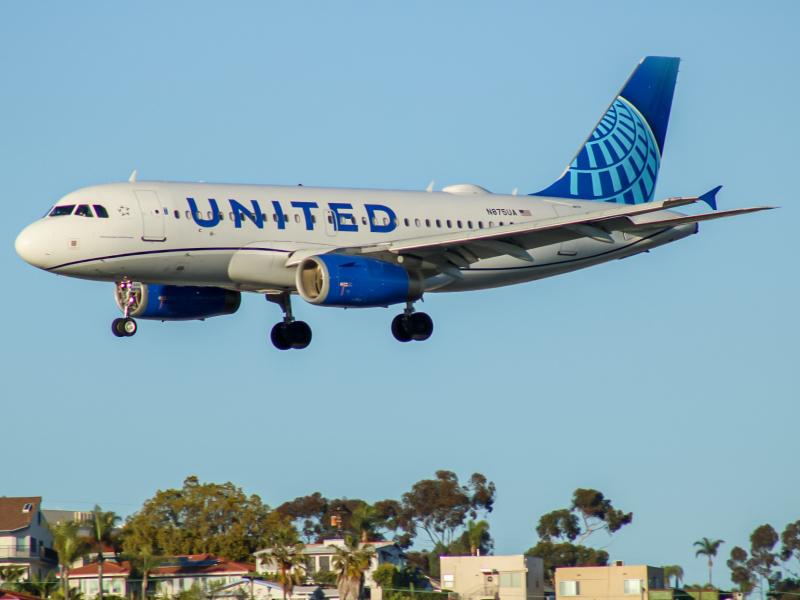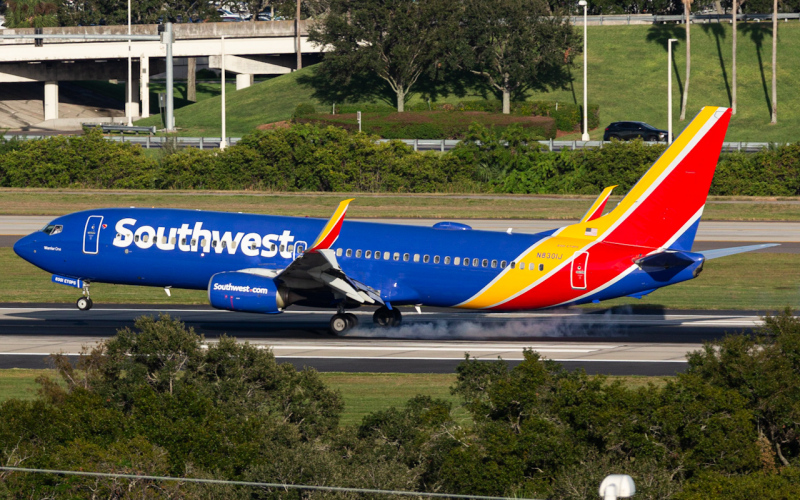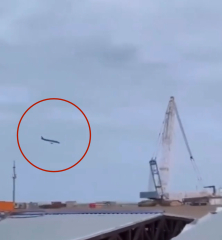It may seem like a simple answer—easy: airlines fly their biggest planes on the routes with the most demand. In some ways, this is true—no doubt airlines would deploy a 737 over a CRJ900 for a route like New York (JFK) to Denver (DEN), given the demand on the route. Demand isn't everything, however. Aircraft range plays a major role as well. Other niche factors play large roles, too, and in this article, we'll explore how airlines decide which aircraft to use on certain routes.

Large airlines have many important fleet decisions to make daily. The three largest American carriers, Delta, United, and American, have almost 1,000 aircraft spanning regional jets, narrowbody, and wide-body aircraft. As a result, the deployment logistics for these airlines are incredibly complex.
The simple answer for which aircraft airlines decide to use is that airlines try to match the expected demand for a given day with a certain number of available seats. For most routes, this usually means that an airline will generally fly the same aircraft with some variability on one or two flights between city pairs. This assumes a traditional hub and spoke model where airlines operate 3+ flights daily between a hub and a spoke to create scheduled banks at the hub. Delta, for example, almost always flies 737-900ERs between San Francisco (SFO) and Detroit (DTW).

Another important factor to consider for airlines is premium revenue. Some aircraft come equipped with more premium seats or more luxurious seats. In the U.S., the big three airlines and JetBlue all fly aircraft with high amounts of premium seats between major transcontinental city pairs, including New York (EWR and JFK) and Los Angeles (LAX) or San Francisco (SFO).
JetBlue, for instance, flies narrowbody A321 and A320 aircraft on these routes but offers luxurious lie-flat "Mint" seats at higher fares to maximize revenue on these business-heavy routes. United almost exclusively flies wide-body aircraft between Los Angeles (LAX) and Newark (EWR). These aircraft could more efficiently use their range on long-haul flights. Still, given the extreme demand between the major cities on the West and East Coast, airlines are happy to bring additional seats and premium-heavy aircraft to the markets where they know they can maximize revenue.

Smaller markets also tend to have little variability in aircraft use outside of seasonal changes. Small markets often see regional aircraft used on short flights to hub airports operated by regional partners based at nearby hubs. However, aircraft can vary wildly for longer flights out of small airports. Delta, for example, frequently will be seen flying 757-200s between Atlanta (ATL) and Bozeman (BZN) in the winter season when demand from skiers on the East Coast looking to ski out west is quite high. Many of these routes don't operate outside of the winter season.
Market saturation also plays an important role. Airlines want consistency with aircraft types as much as possible so passengers know what they'll get from an airline. Airlines know, too, that passengers typically prefer mainline narrowbody aircraft to regional jets, so using regional jets on routes between decently spaced major cities tends to be rare when another airline can provide a "better" plane.

Even for short routes between major cities, it is often more economically efficient for airlines to fly larger aircraft since fuel costs are only marginally different between a small, narrowbody aircraft and a regional jet. The major capacity upgrade means additional revenue for airlines if they can accurately estimate demand. Delta, for example, operates 737s on many short routes out of Atlanta to cities like Nashville, TN (BNA), Birmingham, AL (BHX), and Asheville, NC (AVL).
Another important factor is aircraft availability. Some airlines, especially the three large legacy carriers in the U.S., fly international flights out of multiple airports around the country and don't always have a large fleet of aircraft based at the airport to use. Airlines can then fly wide-body aircraft between hubs to ensure long-haul flights have available planes and gain additional revenue from the flight without deadheading the aircraft.

This often leads to airlines like United flying 787s between San Francisco (SFO) and Newark (EWR) or, more interestingly, Delta flying an A350 between Los Angeles (LAX), where it is used for Asia/Pacific operations and Atlanta (ATL) where it is used for European operations. Airlines will often go to great lengths to minimize aircraft swaps since downgrades can bump people off flights or out of the cabin they purchased in some cases. Either scenario means additional burdens for the airline to honor the contract of carriage with passengers.
Most of the actual aircraft deployment is done via computer these days. Airlines plan well in advance which aircraft will serve a certain route such that when the ticket window opens for a flight (usually ~11 months before a flight departs and varies depending on the airline), passengers can start booking tickets. The aircraft assigned is selected through a computer algorithm that determines which planes will need maintenance soon and where the aircraft is positioned. Larger airlines rarely use a certain plane for the same route every day.

Assigning aircraft to routes is a complicated process and becomes increasingly complex as airlines grow. Smaller airlines, or airlines with small fleet variability like Southwest, have less difficult decisions to make regarding fleet deployment, but at the end of the day, all decisions are incredibly important for an airline's financial outlook.
Ethiopian Airlines Expands Fleet with Second Airbus A350-1000 » PHOTOS: Azerbaijan Airlines E190 Crashes in Kazakhstan » South African Airways Eyes India–South Africa Route »
Comments (0)
Add Your Comment
SHARE
TAGS
INFORMATIONAL Route Planning Delta Air Lines United Airlines American Airlines Boeing Network Planning Revenue Economics Finance AirbusRECENTLY PUBLISHED
 PHOTOS: Azerbaijan Airlines E190 Crashes in Kazakhstan
An Azerbaijan Airlines Embraer E190 crashed approximately 3 km from the city of Aktau today, December 25. Images from the scene show that the aircraft lost speed and then crashed, followed by a large explosion.
NEWS
READ MORE »
PHOTOS: Azerbaijan Airlines E190 Crashes in Kazakhstan
An Azerbaijan Airlines Embraer E190 crashed approximately 3 km from the city of Aktau today, December 25. Images from the scene show that the aircraft lost speed and then crashed, followed by a large explosion.
NEWS
READ MORE »
 South African Airways Eyes India–South Africa Route
As part of its recovery strategy, South African Airways (SAA) is exploring the reinstatement of direct flights between India and South Africa. SAA, along with Minister of Tourism Patricia de Lille, on December 3, 2024, participated in a high-level delegation to India to strengthen aviation and tourism ties between the two nations.
ROUTES
READ MORE »
South African Airways Eyes India–South Africa Route
As part of its recovery strategy, South African Airways (SAA) is exploring the reinstatement of direct flights between India and South Africa. SAA, along with Minister of Tourism Patricia de Lille, on December 3, 2024, participated in a high-level delegation to India to strengthen aviation and tourism ties between the two nations.
ROUTES
READ MORE »
 Ethiopian Airlines Expands Fleet with Second Airbus A350-1000
Ethiopian Airlines, Ethiopia's national carrier, has taken delivery of its second Airbus A350-1000, registered as ET-BAX. This advanced aircraft is powered by Trent XWB-97 engines, further solidifying the airline’s commitment to modernizing its fleet.
NEWS
READ MORE »
Ethiopian Airlines Expands Fleet with Second Airbus A350-1000
Ethiopian Airlines, Ethiopia's national carrier, has taken delivery of its second Airbus A350-1000, registered as ET-BAX. This advanced aircraft is powered by Trent XWB-97 engines, further solidifying the airline’s commitment to modernizing its fleet.
NEWS
READ MORE »





